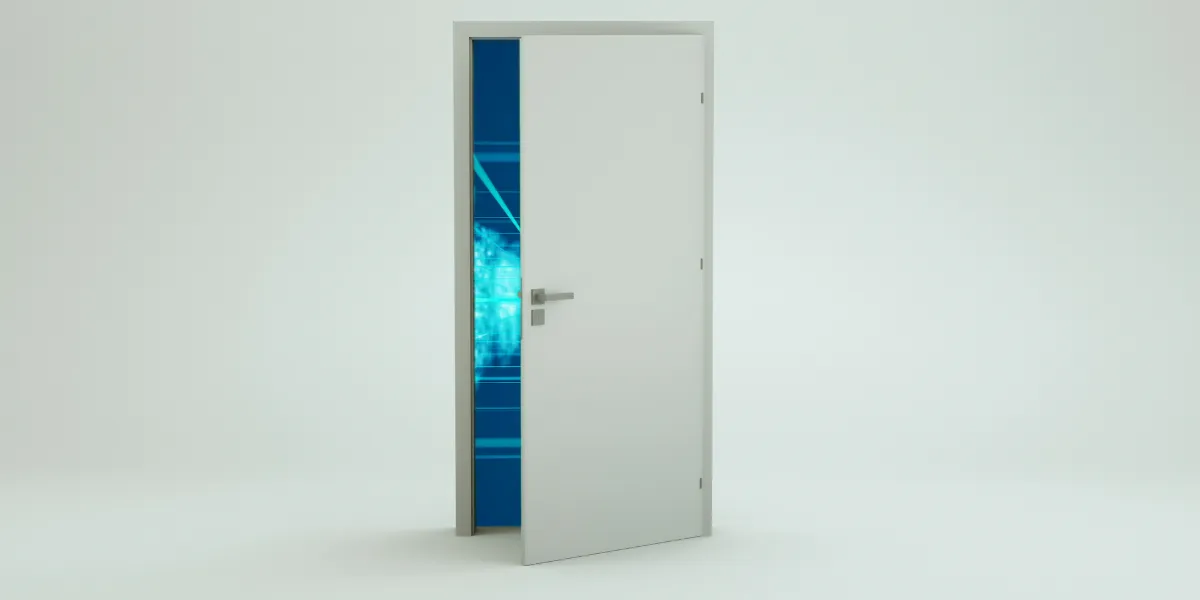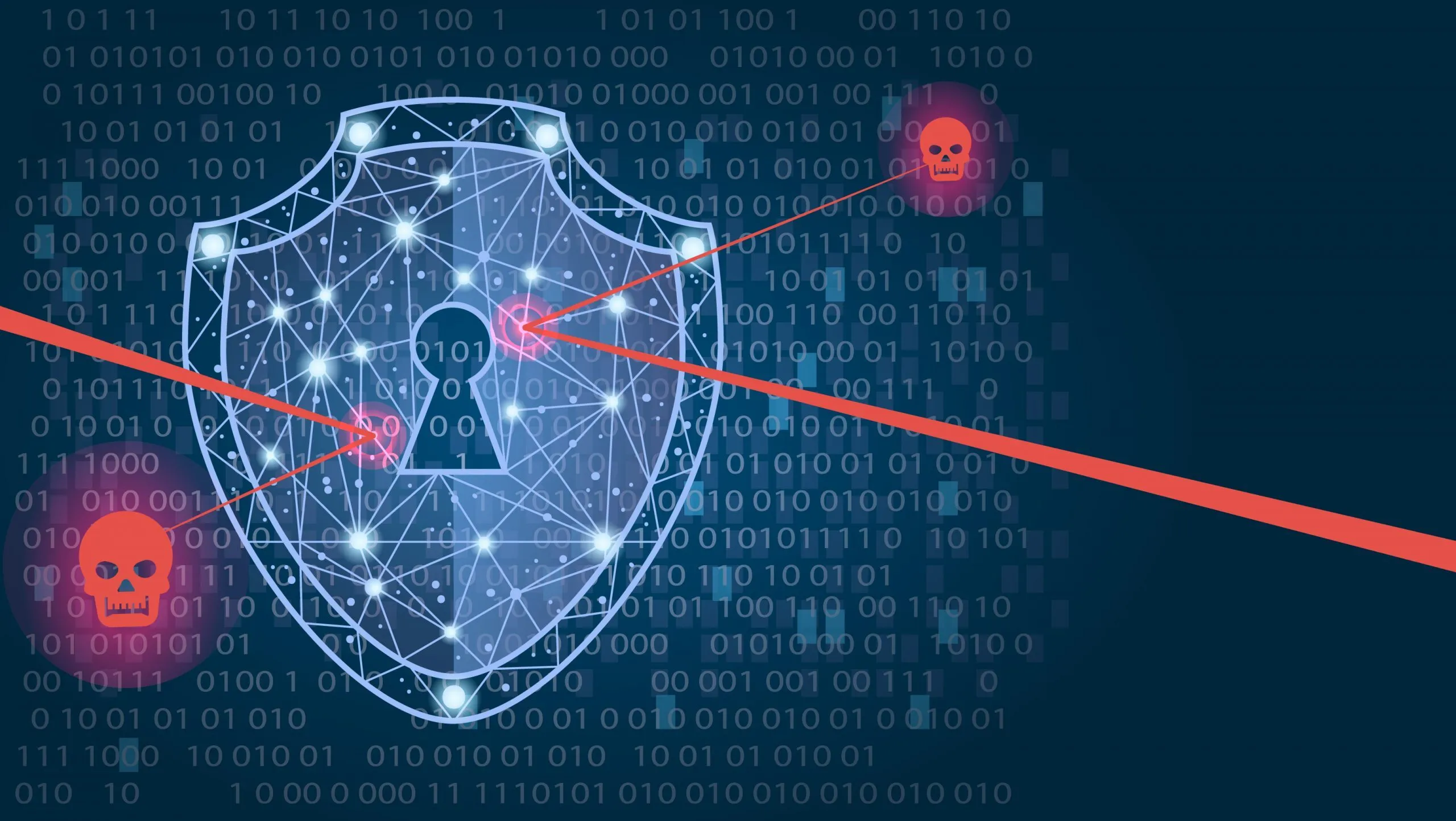Your business has physical locks, alarms, and security protocols.
But what about digital access controls?
This first line of defense is crucial for protecting your systems and data from cyber threats.
Far too many organizations leave their virtual doors wide open to attack.
Don’t let yours be one of them.
Implement the Principle of Least Privilege
This means restricting access to only what each user needs to do their job – nothing more.
No wandering the full network or peeking at sensitive files.
Segment access by roles, departments, and individual needs.
Make sure your systems can handle granular control before expanding digitally.
Require Strong Passwords
Enforce complex passwords that are changed regularly.
Make sure they are at least 8-10 characters, including upper/lowercase letters, numbers, and symbols.
Never allow common words, phrases, or personal info. Consider implementing a password manager.
Add Multifactor Authentication
MFA requires users to verify identity in two ways, like a one-time code sent to their phone.
This adds a critical extra layer of protection in case a password is compromised. Over 90% of breaches can be prevented with MFA.
Monitor Activity
Log and monitor account usage to spot anomalies that could indicate a breach.
Watch for signs like unfamiliar IP addresses, odd login times, or excessive data downloads.
Automated analytics tools can help with detection.
Eliminate Access for Ex-Employees
Immediately close the accounts of people when they leave the organization.
Don’t give them a chance to access systems maliciously.
Automate deprovisioning whenever possible.
Along with firewalls, anti-malware, and encryption, strong access controls form the foundation of a cybersecurity defense-in-depth strategy.
Close the gaps and reinforce your digital perimeter with identity and access management best practices.
Keep your assets protected behind locked doors.
DS Tech can help with these things. We use the “Zero Trust” policy.
Google it and look for “Zero Trust” on our YT Channel.

